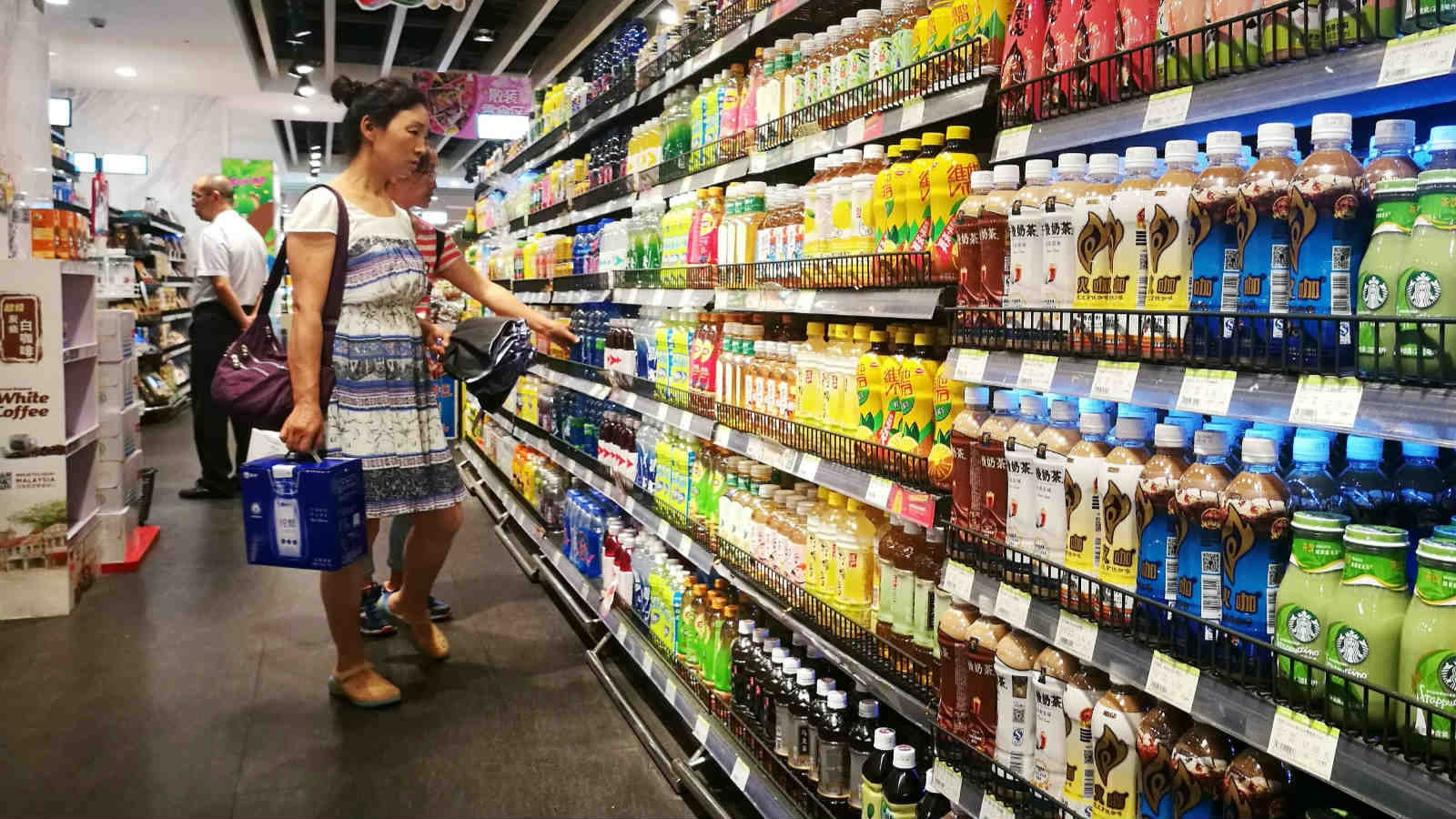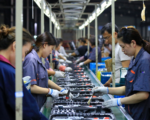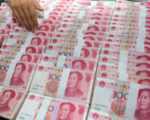China’s retail sales, industrial production, and urban investment for August all missed market expectations, signaling a slowdown in the world’s second-largest economy. Data released by the National Bureau of Statistics (NBS) on Saturday revealed that retail sales grew by just 2.1% from a year ago, falling short of the expected 2.5% growth forecasted by economists. This marked a deceleration from the 2.7% growth seen in July, further highlighting China’s ongoing struggle with weak consumer demand.
Online sales of physical goods also saw minimal growth, with an increase of less than 1% compared to a year ago.
Industrial production, a key indicator of manufacturing activity, increased by 4.5% in August from a year earlier, missing the 4.8% forecast by Reuters and slowing from the 5.1% growth seen in July. Despite the decline, industrial production continued to grow at a faster pace than retail sales, reflecting China’s persistent economic imbalance of stronger supply with weaker demand.
Darius Tang, Associate Director at Fitch Bohua, noted that the current data points to a structural imbalance in China’s economy. Tang expects the Chinese government to roll out more gradual stimulus measures in the fourth quarter to support sectors like consumption and real estate, both of which have been underperforming.
Fixed asset investment for the January to August period rose by 3.4%, slightly below the projected 3.5% growth. Urban unemployment edged up to 5.3% in August from 5.2% in July, with the NBS attributing this increase to the graduation season. However, the bureau acknowledged that further efforts are needed to stabilize employment.
Additionally, real estate investment continued to decline, falling by 10.2% year-over-year through August, the same rate as in July. Investment in infrastructure and manufacturing also slowed compared to July, further signaling the weakening pace of growth in these sectors.
Amid these economic challenges, the NBS spokesperson, Liu Aihua, warned that the Chinese economy faces “multiple difficulties and challenges” due to changing external conditions. The bureau also emphasized the need for sustained efforts to ensure a stable economic recovery, as domestic demand remains insufficient to fuel growth.
China’s youth unemployment rate, reported separately after the main jobless figures, stood at 17.1% in July for those aged 16 to 24 who are not in school. Although this figure wasn’t updated for August, it remains a significant concern.
The economic downturn comes as China prepares for its Mid-Autumn Festival, a national holiday stretching from Sunday to Tuesday. Despite recent weaker consumption data, policymakers have not announced large-scale stimulus, opting instead for targeted support in key sectors like real estate.
In recent trade data, China’s imports rose by just 0.5% in August compared to a year ago, missing expectations. However, exports grew by 8.7%, surpassing forecasts.
China’s Consumer Price Index (CPI) for August also underwhelmed, rising by only 0.6% year-on-year, disappointing analysts who had expected stronger price growth. These figures collectively underscore the persistent weakness in consumption and domestic demand that continue to hamper the country’s economic recovery from the COVID-19 pandemic.


















